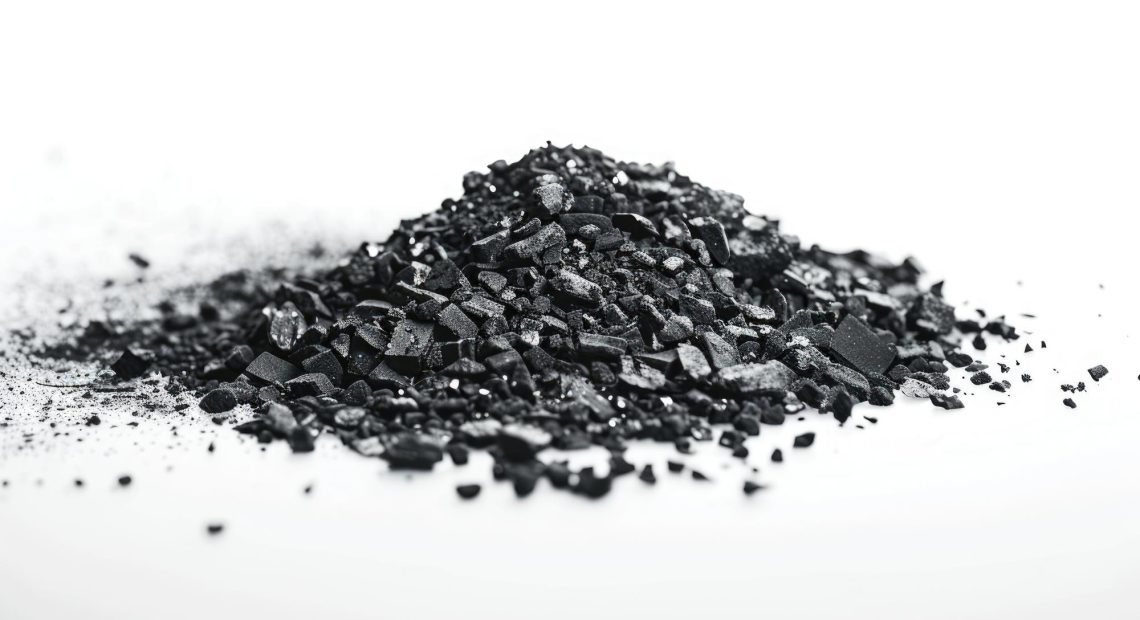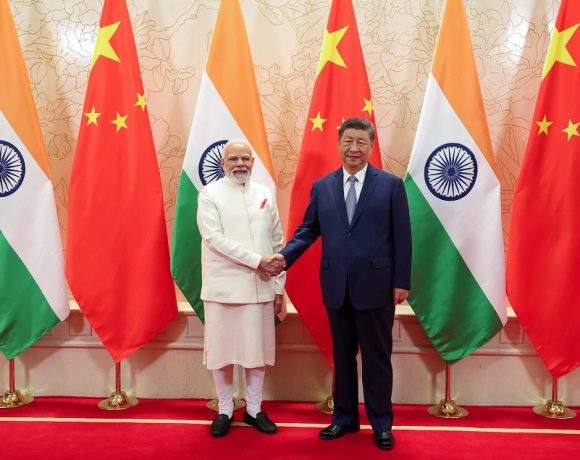
Cabinet Approves Rationalisation of Royalty Rates for Four Critical Minerals
The Union Cabinet, chaired by Prime Minister Narendra Modi, has approved the revision of royalty rates for four minerals essential to high-tech industries and the green energy transition: graphite, caesium, rubidium and zirconium. The move aims to promote domestic production, reduce import dependency and enhance the country’s supply-chain resilience.
Revised Royalty Rates and Impact
The new royalty rates are fixed as follows: caesium and rubidium now attract a royalty of 2 % of the average sale price (ASP) of the metal contained in the ore; zirconium is set at 1 % of ASP; graphite will be charged on an ad valorem basis at 2 % of ASP for ores with 80 % or more fixed carbon and 4 % of ASP for ores with less than 80 % fixed carbon. The change for graphite shifts from a per-tonne basis to ad valorem, aligning fees with market value across grades.
Strategic Implications for India
Graphite and zirconium are among the 24 critical and strategic minerals listed under the Mines and Minerals (Development and Regulation) Act, 1957. India currently imports about 60 % of its graphite requirement and operates nine graphite mines, while further blocks have been auctioned or are under exploration. By rationalising royalty rates, the government intends to unlock mineral blocks containing these resources and associated minerals such as lithium, tungsten, rare earths and niobium. The decision is expected to attract investment, accelerate auctions of mineral blocks and support the country’s green-tech manufacturing ambitions.


















